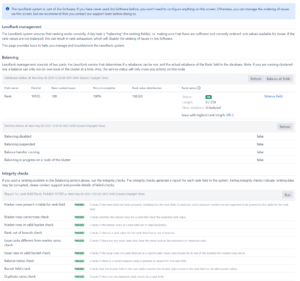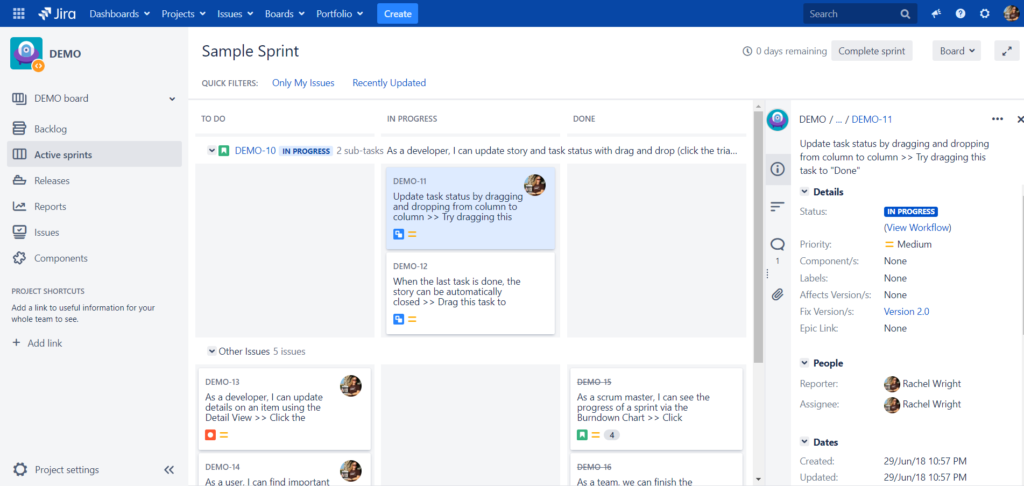Question
How does Jira ordering work? What happens when users prioritize issues differently or on different boards? How do I know if ordering is functioning correctly?
Answer
Jira provides a way to order and prioritize issues. On a board, simply drag an issue above or below another issue to determine ranking.
Ranking is a global concept. Issues are ranked against other issues regardless of their Jira project, issue type, or associated board. Ranking is not related to other standard fields like “Original Estimate”, “Story Points” or “Priority” but you can use these concepts together to influence your prioritization process.
An issue only has one rank even if it’s included in multiple boards. The display order is based on an issue’s relation to other issues on the board.
If you change an issue’s ranking on one board, the ranking changes automatically on other boards. Project Managers, Team Leads, and Product Owners need to work together to determine overall strategic priorities.
More about Ranking
Before a sophisticated ranking system was available in Jira, we all created a static, custom number field to track order. This was tedious to maintain. When priority changed, we had to manually renumber the values in the custom field. This was especially problematic for long issue lists.
Luckily, today, there’s a better method. Today’s system is called LexoRank and it uses numbers and letters for maximum ordering flexibility. An issue’s order is stored, as a string, in single field called “Rank”. Jira Administrators can see the field on the “Custom Fields” page, but it is “locked” and not editable. Admins might also see remnants of old ranking fields marked “obsolete” too.
Order by Rank with JQL
In addition to viewing issue rank on boards, you can also order issues by rank with JQL. This is useful for filters and dashboards. To see issues in one project, ranked from highest to lowest, use a query like: project = project-name ORDER BY Rank ASC
Troubleshooting
Jira periodically rebalances or “recalculates” issue order. The application checks for and handles rebalancing automatically, as a background service. It detects problems like missing minimum or maximum values, strings that are too long, or duplicate ranks in the database. Jira administrators can see the rebalancing status and check for integrity problems from the following page: Admin > System > LexoRank management.

Here’s a screenshot of the LexoRank management page in Jira Server. (The page looks similar in Jira Cloud.)
The middle of the page shows information about the ranking field and its status. In the example, there are 188 ranked issues and the rank status is “OK”.
You can manually trigger a rebalance by clicking the “Balance all fields” button or the “Balance field” link. To check ranking integrity, click the “Run integrity checks” button (not pictured) at the bottom of the screen. You can perform these actions without impacting Jira’s availability.
Resources
Use these additional resources to learn more about ranking.
- Read Atlassian’s Documentation: Rank an issue, Enable ranking, and Managing LexoRank
- Watch: JIRA lexorank explained by Ahmad Azfar
Have a Question?
Use the “Ask a Question” form on the top right and we’ll answer it in a future post.


Excellent review of how Ranking works.
Keep up the interesting work.